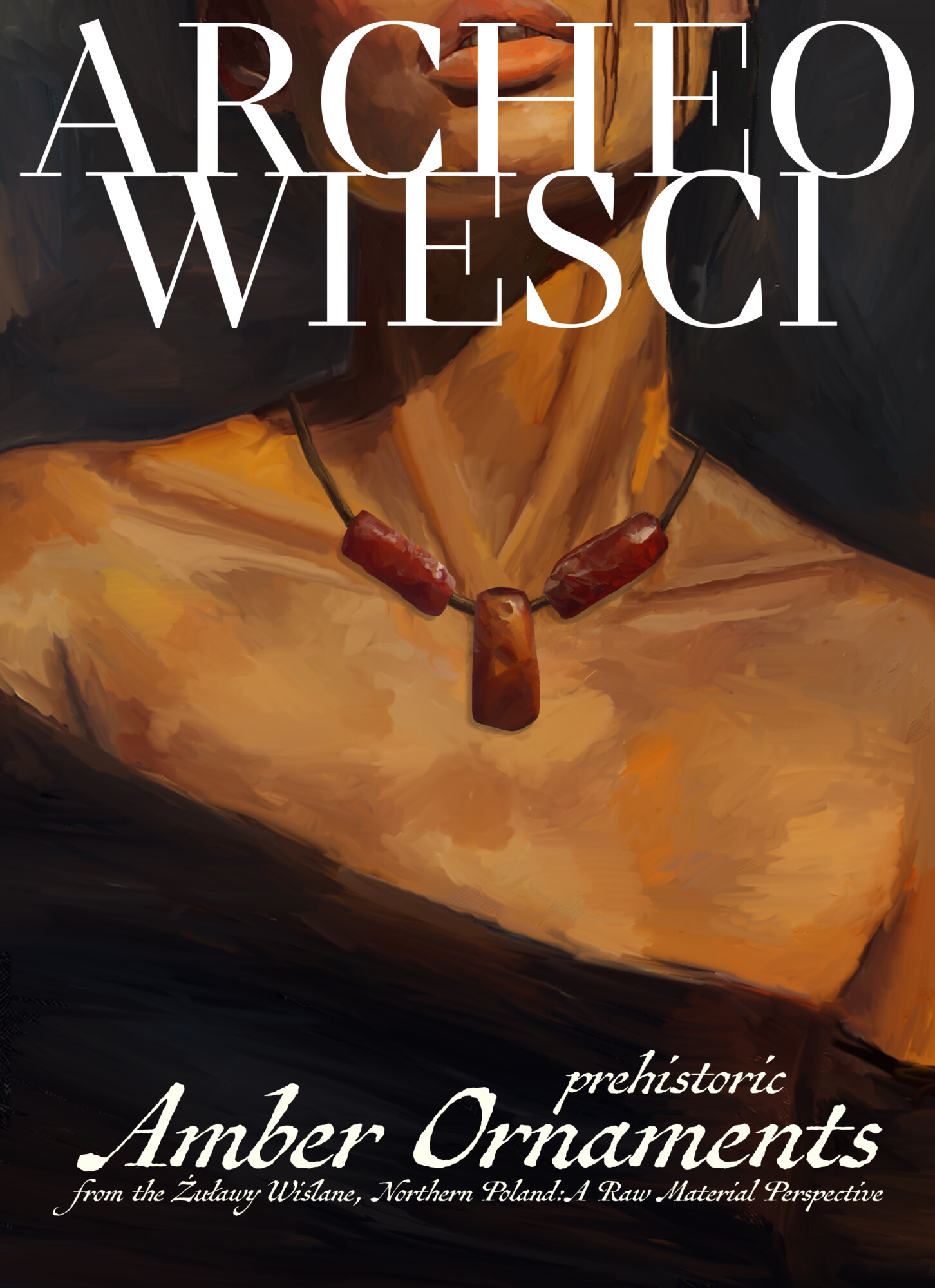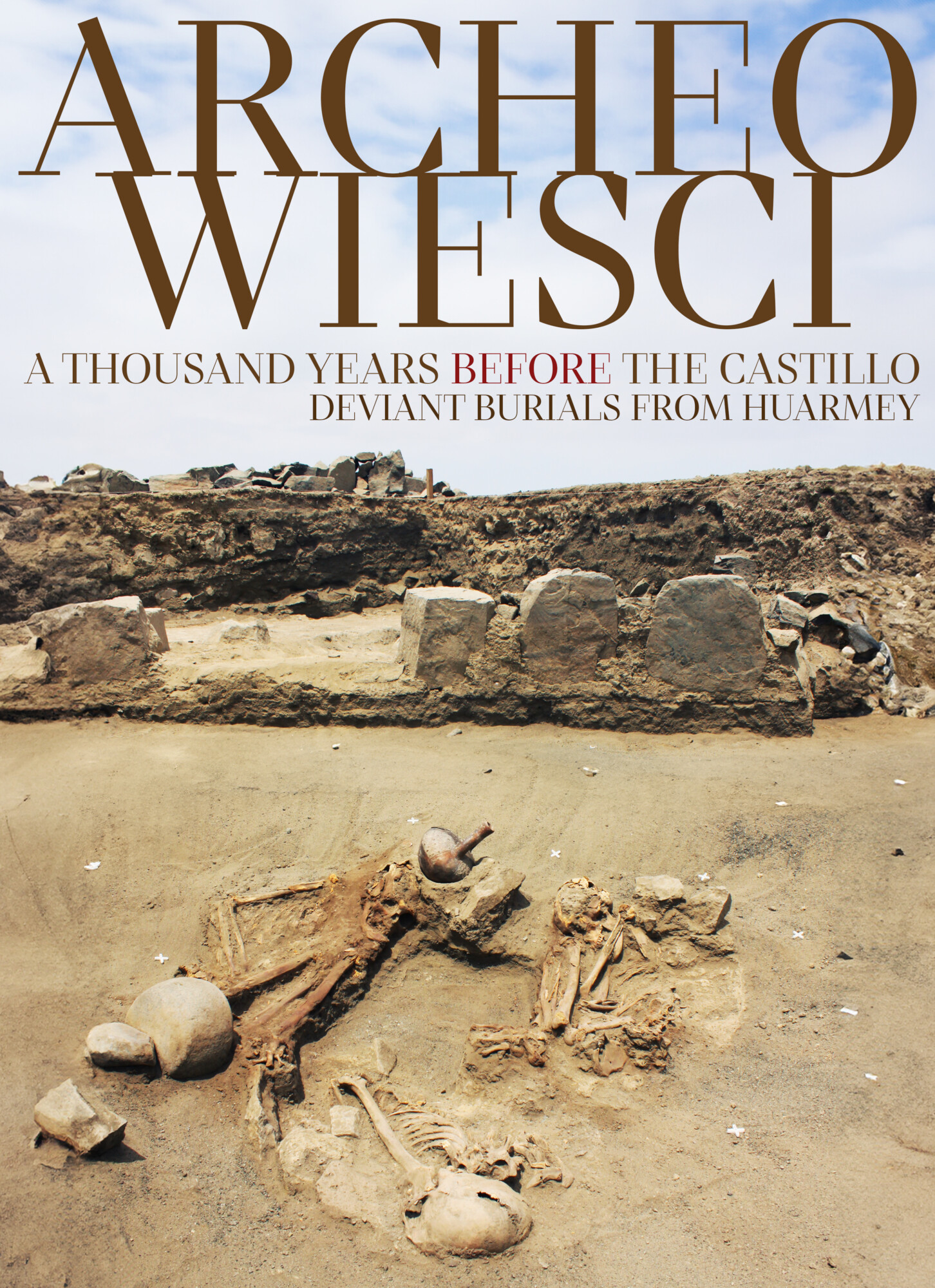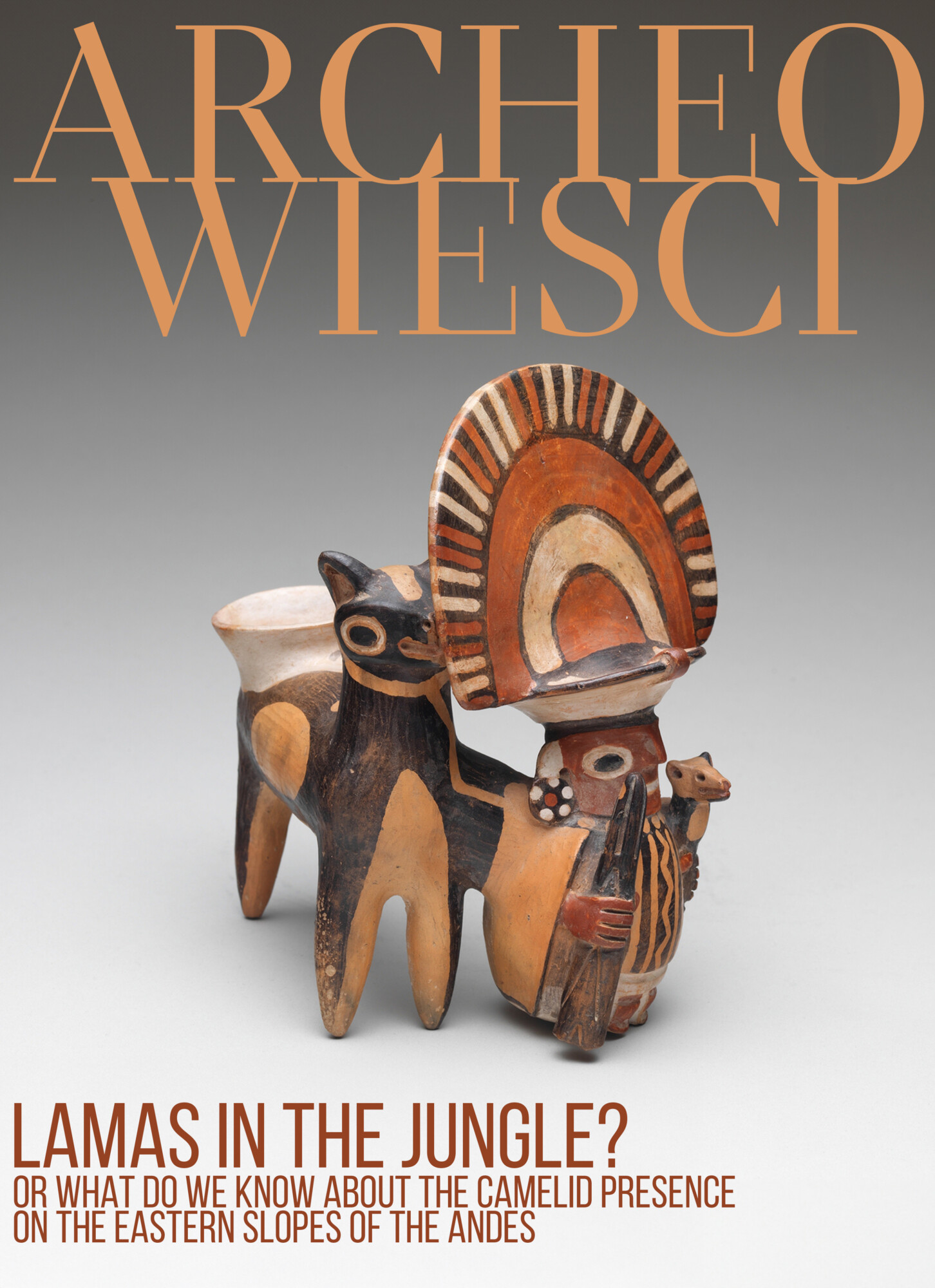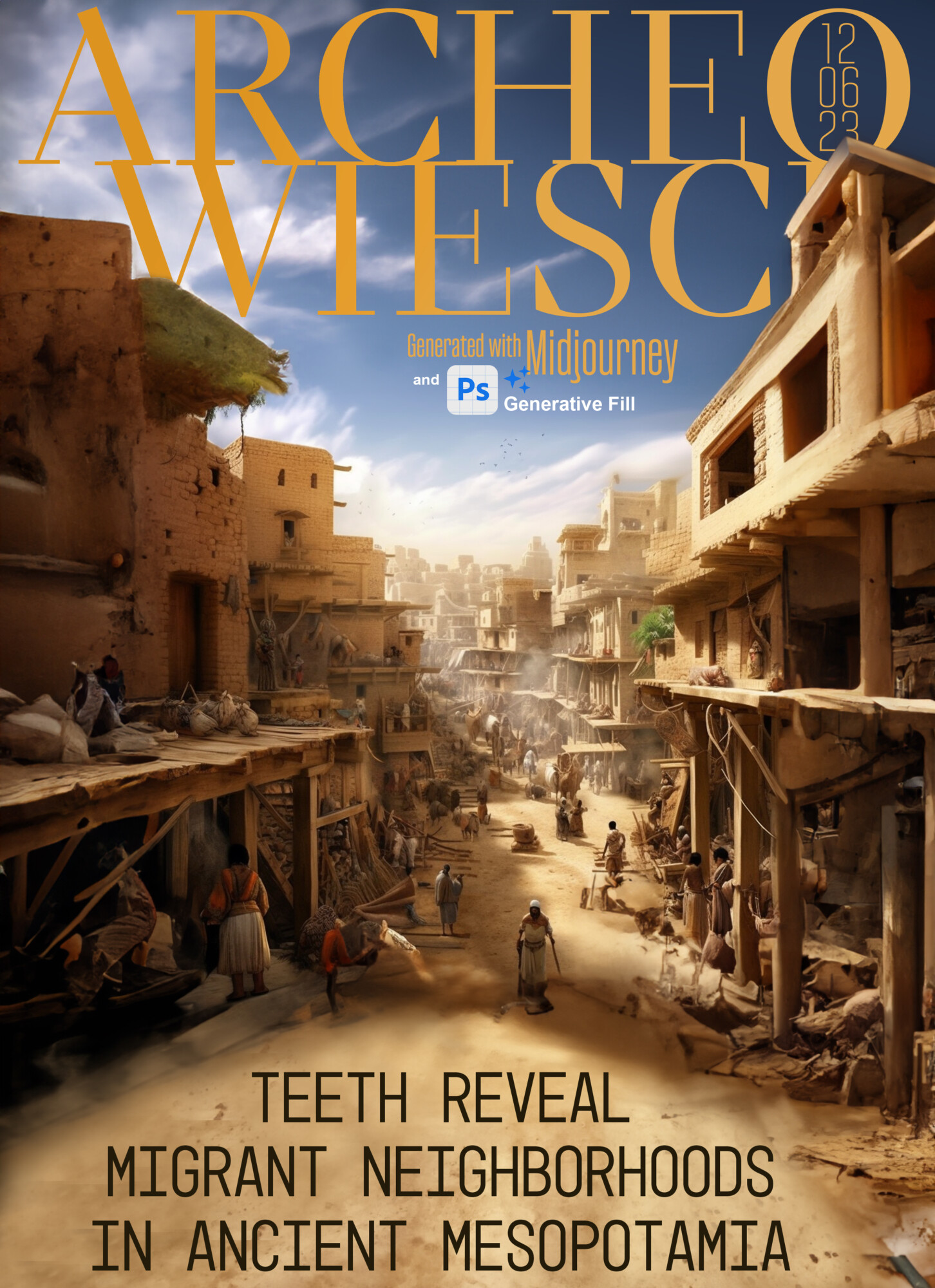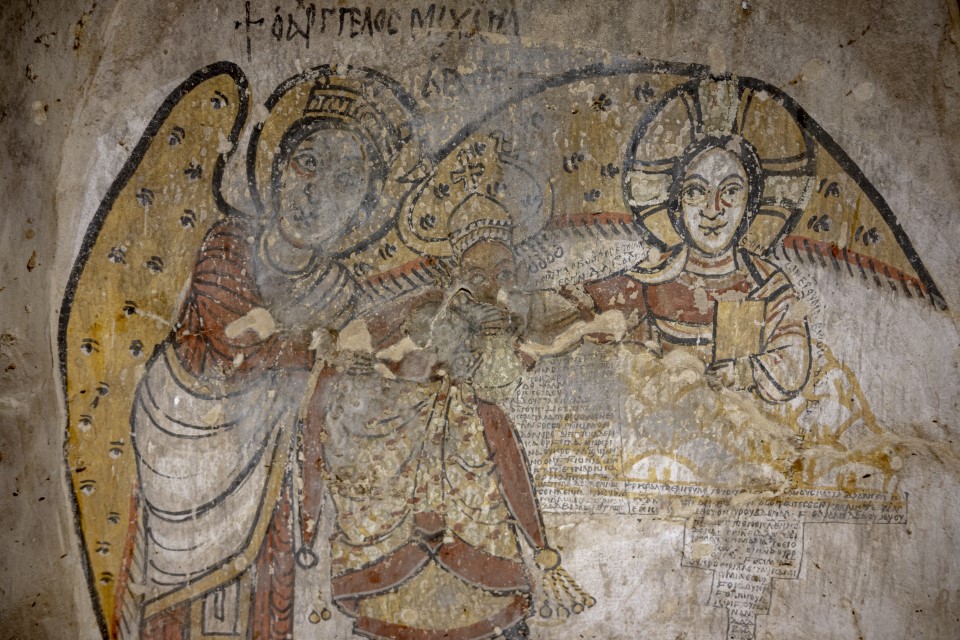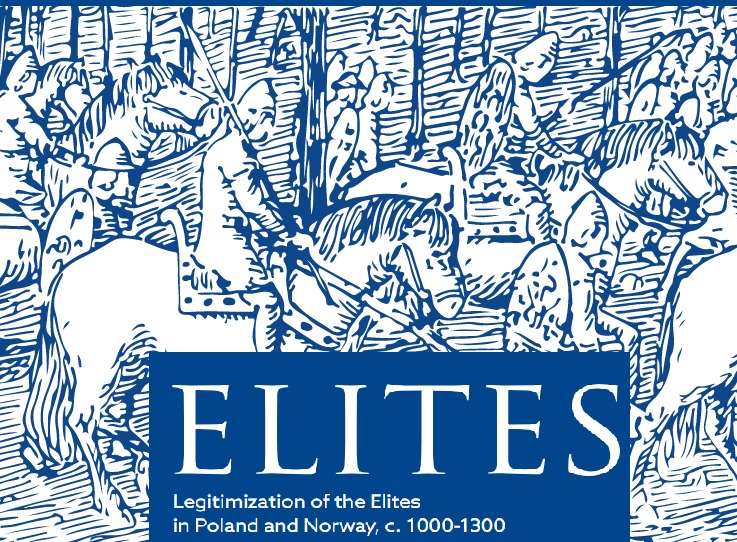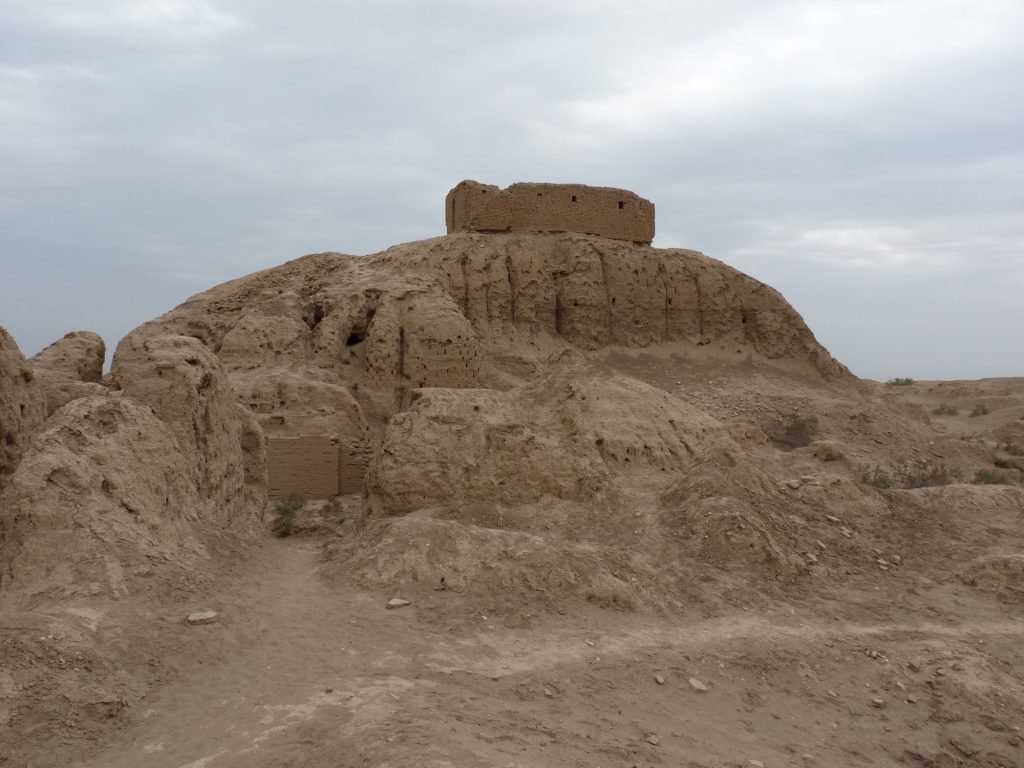“A London colourman informs me that one Egyptian mummy furnishes sufficient material to satisfy the demands of his customers for seven years. It is perhaps scarcely necessary to add that some samples of the pigment sold as ‘mummy’ are spurious,” writes Arthur Herbert Church in “The Chemistry of Paints and Painting”, published in 1890. The quote references the artist’s pigment made quite literally from the pulverized remains of Egyptian mummies, commonly known as Mummy Brown or “Egyptian Brown”. The practice of producing the mummy-based pigment dates back as early as the late 16th century. Though adored by many artists, the grisly origins of pigment raise the question of what artists are willing to use in the name of beauty.

Continue reading “Grave Mistakes: Art, Exploitation, and the Legacy of Mummy Brown”

